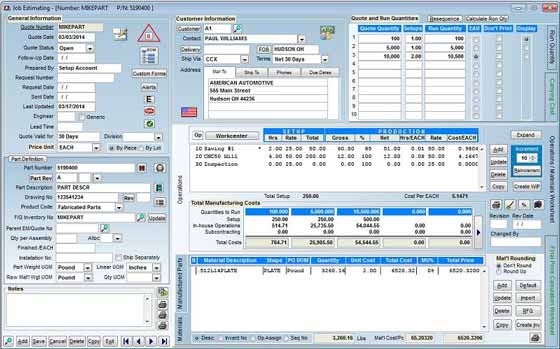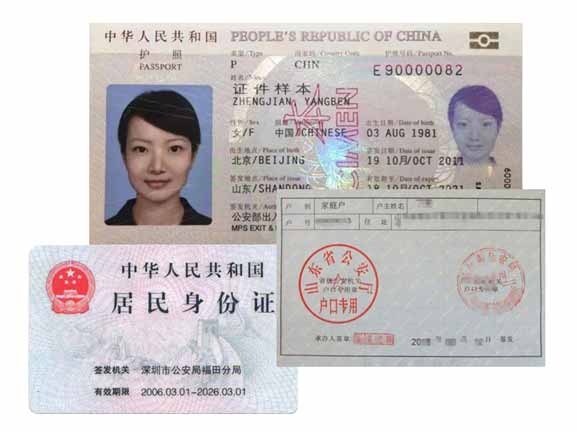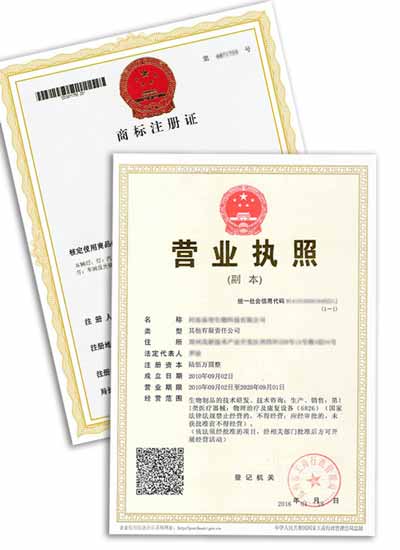翻译案例
翻译语种
联系我们
邮箱:liwei@bowwin.com
手机:+86-18565641179
电话:+86-755-8304 2538
地址:深圳市福田区彩田路彩虹新都彩霞阁23A
英文
英文
译
中文
Measurement Of Electrical Quantities and Component
电量和电子元件的测量(节选)
译者:佚名
Electrical parameters
Most measurements made on electronic equipment are the parameters of voltage, current, and power. These measurements are usually made during the final product testing phase or incoming testing before the equipment is placed in day-to-day use and Of course during system diagnostic and maintenance stages. Verification of proper operating voltages, current, and power indicate that at least the system has an operational power supply and that power regulation circuits are operating correctly. Oftentimes the main problem with many electronic systems is a poor or defective power supply and by monitoring the power supply electrical parameters, a power supply failure and system outage can be avoided.
Voltage
One of the easiest measurements to make on a system is voltage. Voltage can be measured using a variety of methods. Instruments used in today’s electronic industry consist of various types of voltmeters with accuracies form 5 percent of full scale to nearly 0.002 percent of reading. Many multimeters used today still use the magnetoelectric meter movement as an indicating device. Many people still feel that a meter showing small flickering changes is easier to read than a digital meter on which you try to read flashing digits. The digital voltmeter has to be powered with a power supply or batteries, while the magnetoelectric type meter only needs a battery in the ohms mode.
It must also be remembered that any voltmeter is a high-impedance device and that an ideal voltmeter draws no current from the circuit being tested. Modern digital voltmeters have input resistances that range from 10 megohms to nearly 10,000 megohms. Also in the AC voltage mode, low-input shunting capacity is necessary for high-frequency operation. The voltmeter is always connected across a circuit or component and one terminal of the voltmeter is always marked either-or common and is usually colored black with a black connecting wire and probe. The other terminal is usually marked + and has a red wire and probe. Some high-frequency AC voltmeters have special hot or + marks on the cables and probes.
Most measurements made on electronic equipment are the parameters of voltage, current, and power. These measurements are usually made during the final product testing phase or incoming testing before the equipment is placed in day-to-day use and Of course during system diagnostic and maintenance stages. Verification of proper operating voltages, current, and power indicate that at least the system has an operational power supply and that power regulation circuits are operating correctly. Oftentimes the main problem with many electronic systems is a poor or defective power supply and by monitoring the power supply electrical parameters, a power supply failure and system outage can be avoided.
Voltage
One of the easiest measurements to make on a system is voltage. Voltage can be measured using a variety of methods. Instruments used in today’s electronic industry consist of various types of voltmeters with accuracies form 5 percent of full scale to nearly 0.002 percent of reading. Many multimeters used today still use the magnetoelectric meter movement as an indicating device. Many people still feel that a meter showing small flickering changes is easier to read than a digital meter on which you try to read flashing digits. The digital voltmeter has to be powered with a power supply or batteries, while the magnetoelectric type meter only needs a battery in the ohms mode.
It must also be remembered that any voltmeter is a high-impedance device and that an ideal voltmeter draws no current from the circuit being tested. Modern digital voltmeters have input resistances that range from 10 megohms to nearly 10,000 megohms. Also in the AC voltage mode, low-input shunting capacity is necessary for high-frequency operation. The voltmeter is always connected across a circuit or component and one terminal of the voltmeter is always marked either-or common and is usually colored black with a black connecting wire and probe. The other terminal is usually marked + and has a red wire and probe. Some high-frequency AC voltmeters have special hot or + marks on the cables and probes.
电参数
对大多数电子设备而言需要测量的是电压,电流,和功率。这些测量通常在产品测试阶段进行,或者在产品即将被日夜使用之前来进行,当然也在系统作诊断和维修期间进行。如果证实操作电压,电流,功率是正常的,那么表明系统至少有一个可供系统运行的能量供应,也表明能量的调节电路是正常运行的。就常规来说,有许多电子的系统的主要的问题是有着不良的或者是有缺陷的能量供但是通过监控能量供应的电子参数,供电失误和系统 停止的情况是可以避免的。
电压
在一个系统中,以上最容易测量的就是电压。电压测量可以使用许多方法。当今在电子业使用的测量仪器包括各种各样的电压表,精度从满刻度盘的5%到接近读数的0.002%。今天使用的许多万用表仍在利用电磁表头的运动来作为指示刻度之用。许多人仍然感到在显示出微小摇曳变化的仪表读数比在数字表上竭力去读闪烁的数字更容易。数字式伏特计必须供以能量或者以电池组为动力,而磁电式仪表仅仅在欧姆表里需要一节电池。
我们需要记住的是任何伏特计都是一台高阻抗设备并且一个理想的伏特计是不从被测试的电路分出电流的。现代化的数字伏特计有从10兆欧到10,000兆欧的输入电阻。在AC(交流)电压模式中,低输入的分流容量对高频率的操作运行是必要的。电压表总是跨接电路或者元件的,电压表的一个端口也总是被标记为两用式或公用而且以黑色标记出相连的电线和探头,而另一端通常标以+和伸出红色的线和探头。一些高频交流电压仪有特殊的突出的标记或者+号在线缆和和探头上。
对大多数电子设备而言需要测量的是电压,电流,和功率。这些测量通常在产品测试阶段进行,或者在产品即将被日夜使用之前来进行,当然也在系统作诊断和维修期间进行。如果证实操作电压,电流,功率是正常的,那么表明系统至少有一个可供系统运行的能量供应,也表明能量的调节电路是正常运行的。就常规来说,有许多电子的系统的主要的问题是有着不良的或者是有缺陷的能量供但是通过监控能量供应的电子参数,供电失误和系统 停止的情况是可以避免的。
电压
在一个系统中,以上最容易测量的就是电压。电压测量可以使用许多方法。当今在电子业使用的测量仪器包括各种各样的电压表,精度从满刻度盘的5%到接近读数的0.002%。今天使用的许多万用表仍在利用电磁表头的运动来作为指示刻度之用。许多人仍然感到在显示出微小摇曳变化的仪表读数比在数字表上竭力去读闪烁的数字更容易。数字式伏特计必须供以能量或者以电池组为动力,而磁电式仪表仅仅在欧姆表里需要一节电池。
我们需要记住的是任何伏特计都是一台高阻抗设备并且一个理想的伏特计是不从被测试的电路分出电流的。现代化的数字伏特计有从10兆欧到10,000兆欧的输入电阻。在AC(交流)电压模式中,低输入的分流容量对高频率的操作运行是必要的。电压表总是跨接电路或者元件的,电压表的一个端口也总是被标记为两用式或公用而且以黑色标记出相连的电线和探头,而另一端通常标以+和伸出红色的线和探头。一些高频交流电压仪有特殊的突出的标记或者+号在线缆和和探头上。
文化与资讯
-
2022-10-26选择北京翻译公司要注意哪些问题?
-
2021-06-22陪同翻译有哪些注意事项?
-
2021-01-20爱丽丝·门罗:不是“蛮译”是“慢译”
-
2021-01-18翻译公司:只是翻译惹的祸
-
2021-01-03常用网上资源
-
2021-01-03英伦印迹:看我这样享受恬淡留学生活
翻译服务










